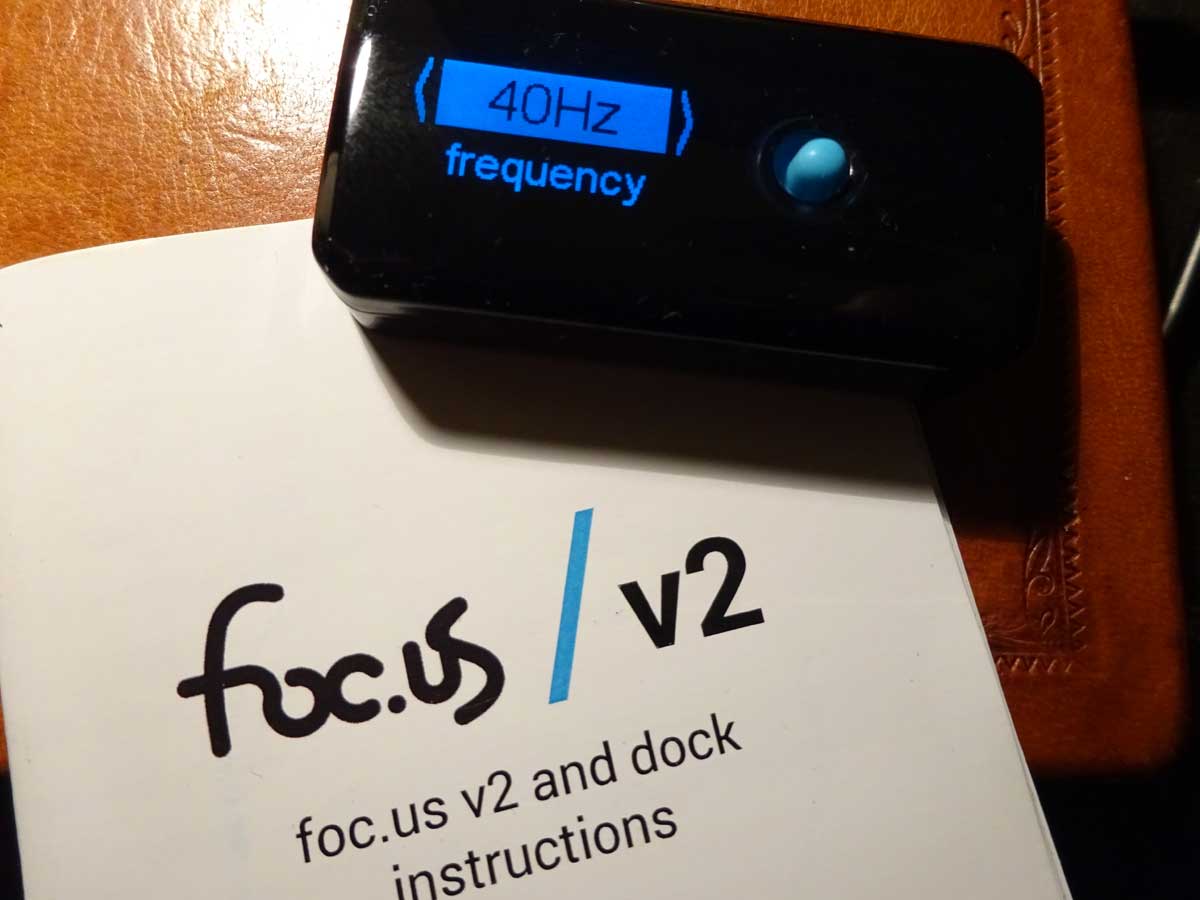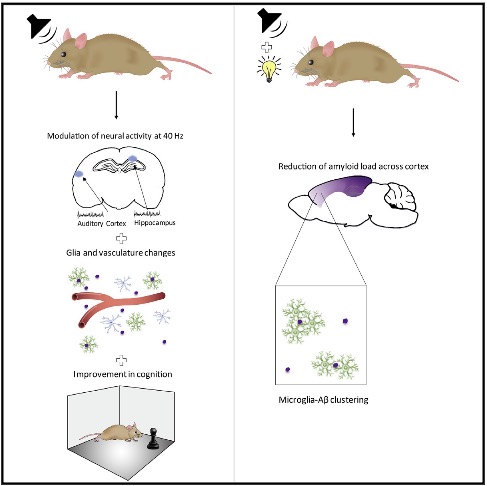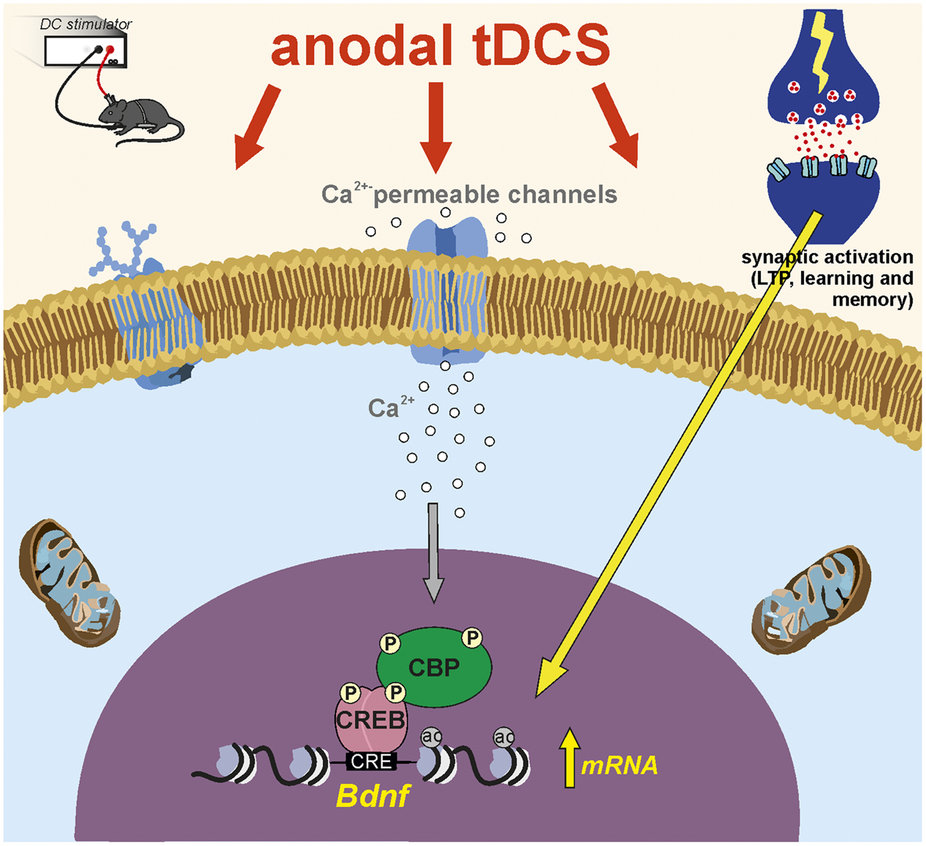
[Update 3/18/19] Exciting news in the fight against Alzheimer’s!
Dr. Tsai has a new lab. Tsai Laboratory
In the new study, researchers added acoustic stimulation that pulsed at the same frequency as the visual stimulation. And when mice — which were bred to develop Alzheimer’s-like symptoms — were exposed to both, researchers saw that the neurons in several of their brains’ key memory circuits chimed in and began humming along at exactly the same frequency.
LA Times https://www.latimes.com/science/sciencenow/la-sci-sn-alzheimers-brain-waves-20190315-story.html
What came next was remarkable and unexpected, even to the authors of the study.
In the wake of the sound and light sessions, an army of newly energized immune cells descended on several areas of the treated brains, including those most affected by dementia. Then they set to work with a vengeance on some neglected housecleaning.

A Possible Alzheimer’s Treatment With Clicks and Flashes? It Worked on Mice (NYT)
Light and sound stimulus therapy generates a buzz in Alzheimer’s research world (LAT)
——–
[Update 2/3/18] Nature reports on updates since the information about the research first emerged. How flashing lights and pink noise might banish Alzheimer’s, improve memory and more
——— Original article
I was first alerted to the story from a December 7 article in the Guardian, “Strobe lighting provides a flicker of hope in the fight against Alzheimer’s“. Researchers from the Picower Institute for Learning and Memory at MIT, working with (let’s call them) ‘Alzehiemer’s mice’, had discovered that flashing a light at 40hz (on-off at 40 times per second) increased gamma wave oscillations in the brain which led to the reduction of Amyloid beta (think, plaque) through the activation of microglia ‘clean-up’ immune cells. Here, let them explain it!
The paper, Gamma frequency entrainment attenuates amyloid load and modifies microglia makes clear that the light-flickering affected the visual cortex, which makes sense, as the light reaches the brain through the eyes. But wait, thinks I, what about tACS (transcranial Alternating Current Stimulation)… haven’t I seen numerous papers implying the ability to ‘entrain’ brain waves with tACS? What if you could increase 40hz Gamma in other parts of the brain? (Google Scholar Search: transcranial alternating, entrain, gamma)
But then I discovered that Radiolab just covered this exact story and it’s totally amazing! Really a must listen. So fun to hear the researcher’s amazement at this accidental (sort of) discovery!
So what’s with the photo of the Foc.us v2 device set up for a 40hz tACS session? Just that…

More about The Picower Institute for Learning and Memory at MIT

